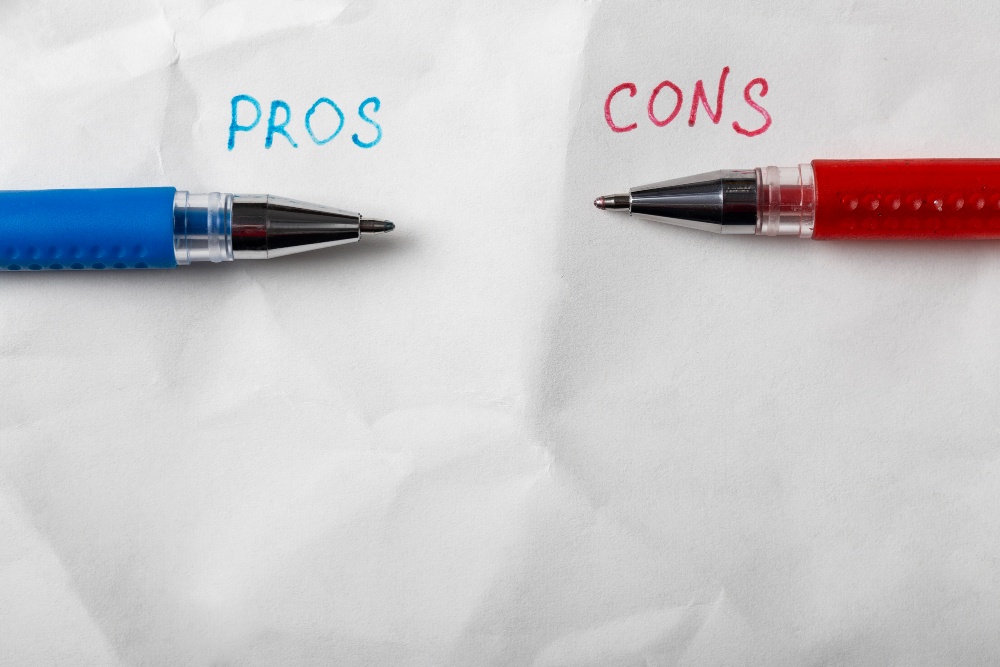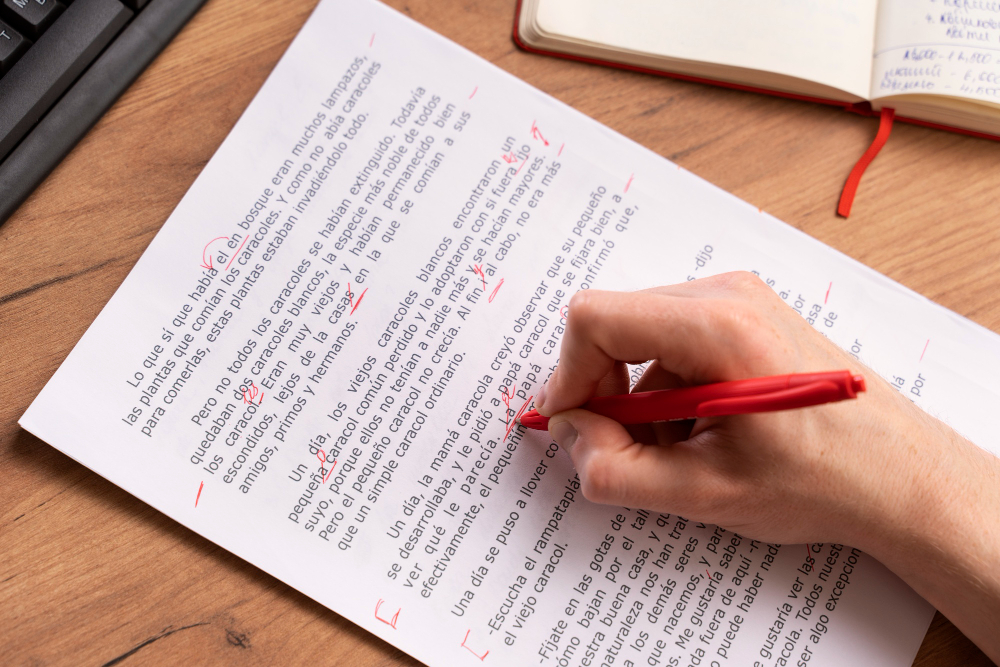Proofreading vs. Editing: What's the Difference and Why It Matters

Table of Contents
Introduction
What is Proofreading?
What is Editing?
Proofreading vs. Editing: What's the Difference?
a. Differences in Focus
b. Differences in Goals
c. Differences in Techniques
Why Understanding the Difference Matters
a. Choosing the Right Step
b. Maximizing the Effectiveness of Your Writing
Conclusion
Proofreading and editing are two critical steps in the writing process that can help writers produce polished and effective writing. These steps involve reviewing your work for errors, improving readability and engagement, and refining the overall structure, style, and tone of your writing. However, these steps are not the same, and understanding the difference between proofreading and editing is essential for achieving the desired results. In this blog post, we will discuss the difference between proofreading and editing, and why it matters.
What is Proofreading?
Proofreading is the process of reviewing a written document for errors and inconsistencies. It is typically the final step in the writing process before submitting or publishing a document. The primary goal of proofreading is to ensure that the document is accurate, error-free, and well-formatted. This involves checking for mistakes in spelling, punctuation, and grammar, as well as ensuring consistency in formatting and style. Proofreading is essential for producing polished and professional writing that is engaging, effective, and credible. It is important to note that proofreading is not the same as editing, which involves revising the content, structure, and style of a written document. While proofreading focuses on catching errors and ensuring consistency, editing focuses on improving the quality and effectiveness of the writing.
What is Editing?
Editing is the process of revising a written document to improve its content, structure, and style. It involves reviewing a document to ensure that it is clear, concise, and effective. The primary goal of editing is to refine the content, structure, and style of the document to make it more engaging, persuasive, and impactful. This may involve reorganizing content, improving word choice, refining the tone and style of the document, and ensuring that the document meets the needs of the intended audience. Editing is typically done after the initial draft has been written, and the writer is revising the document for clarity, coherence, and effectiveness. Editing is essential for producing high-quality writing that achieves its intended purpose and resonates with its audience. It is important to note that editing is not the same as proofreading, which involves checking for errors in spelling, grammar, punctuation, and formatting.
Proofreading vs. Editing: What's the Difference?
While proofreading and editing both involve reviewing a written document, they differ in their focus, goals, and techniques.
Differences in Focus
Proofreading focuses on identifying errors and inconsistencies in a written document. It involves checking for mistakes in spelling, punctuation, and grammar, as well as ensuring consistency in formatting and style.
Editing, on the other hand, focuses on improving the content, structure, and style of a written document. It involves revising the content for clarity, coherence, and effectiveness.
Differences in Goals
Proofreading aims to ensure that a written document is accurate, error-free, and well-formatted. Its primary goal is to catch and correct mistakes, and ensure that the document is consistent and readable.
Editing, on the other hand, aims to improve the quality and effectiveness of a written document. Its primary goal is to refine the content, structure, and style of the document, and make it more engaging, persuasive, and impactful.
Differences in Techniques
Proofreading techniques typically involve reviewing a document line by line, checking for spelling, punctuation, and grammar errors. It may also involve checking for consistency in formatting and style.
Editing techniques, on the other hand, involve a more comprehensive approach to reviewing a document. It may involve reorganizing content, improving word choice, refining the tone and style of the document, and ensuring that the document meets the needs of the intended audience.
Why Understanding the Difference Matters
Understanding the difference between proofreading and editing is essential for achieving the desired results in your writing. Here are some reasons why it matters:
Choosing the Right Step: Knowing whether you need to proofread or edit your document can save time and effort. If your document has errors or inconsistencies, proofreading is the appropriate step. If your document needs more significant revisions or improvements in structure and style, editing is the appropriate step. By choosing the right step, you can ensure that your document is polished and effective, and you don't waste time on unnecessary steps.
Maximizing the Effectiveness of Your Writing: Understanding the difference between proofreading and editing can help you maximize the effectiveness of your writing. By knowing when to focus on catching errors and when to focus on improving the content and style of your writing, you can ensure that your document is engaging, persuasive, and impactful.
Proofreading and editing are two critical steps in the writing process that are often used interchangeably. However, they differ in their focus, goals, and techniques. Understanding the difference between proofreading and editing is essential for achieving the desired results in your writing. By choosing the appropriate step and maximizing the effectiveness of your writing, you can produce polished and effective writing that achieves your goals.
--------------------------------------
ZapMyWork.com is your one-stop shop for all your freelance needs. We are an online marketplace that connects clients with skilled and talented freelancers from around the world. One of the things that sets us apart from other freelance marketplaces is our rigorous screening process. We carefully vet all of our freelancers to ensure that they have the skills and experience to deliver high-quality work, one project at a time. Let us know how we can help you today!
Recent Posts
-
04/26/2024Thriving Through Flexibility: How FlexiConsulting Found Success with ZapMyWork
-
04/19/2024Flourishing Home Trends: How "ZapMyWork" Became the Cornerstone of Our Interior Design Success
-
04/15/2024Weaving Success with ZapMyWork's Freelance Marketplace
-
04/12/2024Streamlining Project Management in Small Businesses: The ZapMyWork Experience with ClearVision Consulting
-
04/10/2024Transforming Toy Design with Electronics Engineering Freelancers: A Case Study on ToyInnovate
Store Address
Information
Copyright © 2022 - Present. ZapMyWork, LLC. All Rights Reserved





